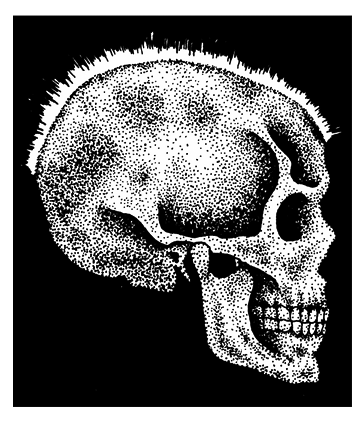Thalassemia is a group of hereditary hemolytic anemia, which Marked by a deficit in the production of hemoglobin. Where the damage occurred in the red blood cells in the blood vessel so that the age erythrocyte be short. It is characterized by defective synthesis in one or more of the polypeptide chains necessary for hemoglobin production. Because Thalassemia affects hemoglobin production, it also impairs red blood cell (RBC) synthesis.
There are two main types of Thalassemia: ”alpha” and “beta.” The names refer to the part of the hemoglobin molecule that is missing or mutated.
Two pairs of polypeptide chains”alpha and beta chains” make up hemoglobin. In Thalassemia, diminished synthesis can affect either pair. Structurally, the chains are normal, but the genetic defect decreases their number. In alpha Thalassemia, alpha chain synthesis slows; in beta-Thalassemia, beta chain synthesis slows. Some patients with beta-Thalassemia have no normal hemoglobin only hemoglobin S and the minor hemoglobin’s.
Causes for Thalassemia
Thalassemia major Causes by homozygous inheritance of the partially dominant autosomal gene
Thalassemia intermedia Causes by homozygous inheritance of the partially dominant autosomal gene.
Thalassemia minor is caused by heterozygous inheritance of the same gene.
In All type of Thalassemia deficiency of beta polypeptide chain production impairs hemoglobin synthesis and results in continual production of fetal hemoglobin, even after the neonatal period.
Complications for Thalassemia
Pathologic fractures
Cardiac arrhythmias
Heart failure
Other complications that result from iron deposits in the heart and other tissues caused by repeated blood transfusions.
Treatment for Thalassemia
Patients with Thalassemia minor usually do not require any specific treatment. Treatment for patients with Thalassemia major includes chronic blood transfusion therapy, iron chelation, splenectomy, and allogeneic hematopoietic transplantation.
References:
http://en.wikipedia.org/wiki/Thalassemia
Nursing Assessment
Thalassemia major: severe anemia, splenomegaly or hepatomegaly with abdominal enlargement, frequent infections, bleeding tendencies e.g. epistaxis, and anorexia, small bodies and large heads, mentally disabled, mongoloid.
Thalassemia intermediate: anemia, jaundice, and splenomegaly, hemosiderosis caused by increased intestinal absorption of iron.
Thalassemia minor: mild anemia usually with no signs or symptoms.
Diagnostic Test for Thalassemia
RBC count and hemoglobin level
X-rays of the skull and long bones
Nursing Diagnosis
Activity intolerance
Deficient knowledge (treatment regimen)
Delayed growth and development
Disturbed body image
Ineffective tissue perfusion: Cardiopulmonary
Interrupted family processes
Risk for infection
Nursing care Plans for Thalassemia
Treatment of thalassemia major is essentially supportive. For example, infections require prompt treatment with the appropriate antibiotic. Transfusions of packed RBCs raise the hemoglobin level but must be used judiciously to minimize iron overload. Thalassemia intermedia and thalassemia minor generally don’t require treatment. Iron supplements are contraindicated in all forms of thalassemia. Treatment of children is more difficult. Regular blood transfusions may minimize physical and mental retardation, but transfusions increase the risk of deadly hemosiderosis and iron overload. Continuous subcutaneous infusion of an iron-chelating agent may help produce a negative overall iron balance. If rapid splenic sequestration of transfused RBCs necessitates more transfusions, a splenectomy may be performed.
Nursing outcomes
Patient and parents will:
Verbalize the importance of balancing activity, as tolerated, with frequent rest periods.
Demonstrate age-appropriate skills and behaviors to the extent possible.
Express positive feelings about himself.
Develop no cardiac arrhythmias.
Voice feelings and concerns related to the patient’s illness.
Remain free from signs and symptoms of infection
Nursing interventions nursing care plans for Thalassemia
Watch for adverse reactions during and after RBC transfusions.
Collaborative an antibiotic, and observe the patient for adverse reactions.
Provide an adequate diet,
Encourage the patient to drink plenty of fluids.
Provide emotional support
Help the patient and his family cope for chronic nature of
Explain the need for lifelong transfusions.
Patient teaching
Explain how to prevent infection e.g. nutrition, wound care
Tell about signs of hepatitis and iron overload, which are always possible with frequent transfusions.
Explain why child must avoid strenuous athletic activity to avoid pathologic fractures.





0 comments:
Post a Comment